New music – an old idea
Tokaido Road – compelling, haunting musical theatre is created through mime, and song, and photography, the audience entering a visual and sound world that is both Japanese and European, yet also something more than the sum of its parts – something other.
within the circle of your transience – inspired by a phrase from Siegfried Sassoon, a piano trio creates a sound world that is fraught with tension and yet, confusingly but hauntingly, peaceful at the same time.
I heard both these works at their world premières this past week. Tokaido Road is the work of Nicola Lefanu, an established composer; within the circle of your transience is the work of Josephine Stephenson, who is just starting out. Yes, both composers are women, but that’s not what has stayed with me.
I’m not sure I’d heard a ‘world première’ before, let alone two in a week, despite decades of concert going. Which, part from revealing my appalling conservatism, also illustrates how things have changed since the second quarter of the nineteenth century. Back then, performers were often composers (because of the need for new music to showcase their own talent), and, more generally, the vast majority of pieces played would be being heard by their audience for the first time. That’s a simplification, of course, but it does show up the difference between then and now – when it is notoriously hard to get new music programmed, let alone recorded and played on Classic FM.
The irony is that two of the composers I’m writing about, Fanny Hensel (earlier Mendelssohn) and Clara Wieck (later Schumann) were significant figures in this process whereby the music of earlier eras was reified. They helped to create the very canon that would exclude them. (There are other processes going on here, connected with German nationalism, or family loyalties, but the outcome was the same). As I put it in my book, thinking about the reasons why Clara Schumann stopped composing at the death of her husband, Robert:
To stop composing would do no harm to Clara Schumann’s career in widowhood. Unlike the era in which she had made her name as a child virtuoso, performers were not now, in the 1850s and beyond, expected to play their own compositions. The same went for improvisation. The nature of concerts had changed…with each passing year, Schumann established herself more firmly as an interpreter of the new classical canon, and worked ever harder to make sure that her husband would become part of that canon.
The canon was, of course, male. This added yet another obstacle to the path of female composers over the following century and beyond.
Again and again, while writing this book, I am overwhelmed with admiration for the ways in which individuals overcame those obstacles. Yesterday, I was introduced to another composer – and familiar obstacles. I heard for the first time Rebecca Clarke’s Piano Trio from 1921 played by the Albany Trio at the Royal College of Music (see http://albanypianotrio.com/). Another time I’ll write about the reasons why going to the RCM was a surprisingly emotional experience for me, but, here, I want simply to celebrate the performance I heard. My heart belongs to the early-modern period, so for me to be blown away by a post-Romantic work was a tribute to the visceral intensity and technical brilliance of the playing which did passionate justice to a work both grand and moving.
This morning, I’ve been finding a bit more about Rebecca Clarke, and those obstacles. Yesterday, it was mentioned that, when the Trio won second prize in a competition, questions were asked. Was Rebecca Clarke a pseudonym? Perhaps s/he was actually Ernest Bloch? How could a woman have created such a formally rigorous yet powerful work? Have a look at http://www.rebeccaclarke.org/ for more stories, including the one about the proposing violin teacher and the violent father.
A friend suggested that writing this book is making me bitter. No, not bitter – just sad, and at times frustrated by the mind-forged manacles and the social mores that prevented (prevent?) women creating music. But that sadness and frustration is simply blown away by performances such as I have heard this week – whether of new work or of forgotten work – and all that remains is joyful appreciation of the composers and their music.

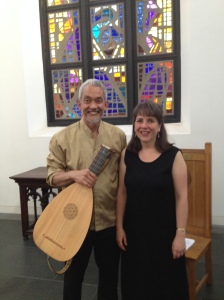


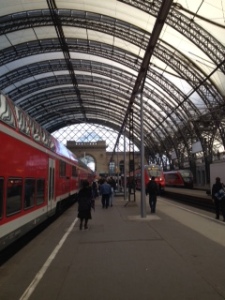




 .
. 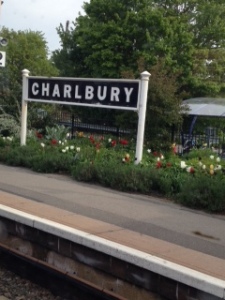
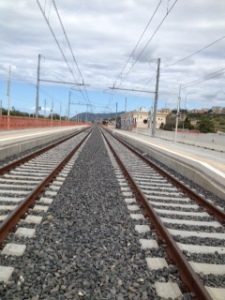





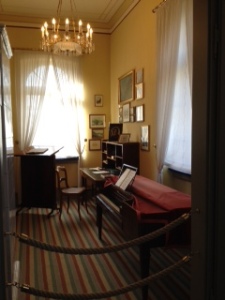


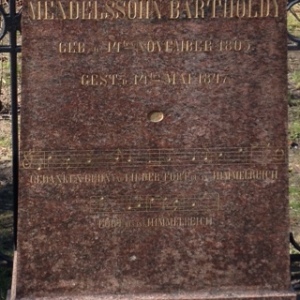


 Marie and Elise are at the back….
Marie and Elise are at the back….